The first toby jugs were inspired by Toby Fillpot, a ‘thirsty old soul’ who excelled in boozing and appeared in an old English song of 1761, entitled the Brown Jug. His corpulent frame was modeled into jug form by early potters and led to the English tradition of drinking jugs in human form which has continued to the present day.
Staffordshire Toby Jugs
At the peak of Toby’s popularity, there were over 200 makers, many of them at work in the Staffordshire Potteries. The most famous potters of the 18th century include John Astbury, Thomas Whieldon, William Pratt and the Wood family of Burslem. The ‘Ordinary’ type of toby portrayed a seated man holding a tavern mug or jug and wearing a tricorn hat which acted as a spout. Most of the Staffordshire toby jugs were made in earthenware or Pearlware and hand-painted in vivid colors.
An unusual Pratt ware toby jug at WMODA depicts Bacchus, the god of wine and fertility sitting on a barrel and holding a cornucopia, the horn of plenty, with fruit at his feet. On the reverse is the satyr Pan, also associated with fertility. The spout and the handle of the toby jug are derived from the myth of Bacchus and the Tyrrhanean pirates who were transformed into dolphins. Many celebrities of the period were portrayed as toby jugs, for example George Whitfield, a famous Methodist preacher and friend of John Wesley. Whitfield was depicted with his lantern as he was well known for his night-time sermons by lamp light.
Stoneware Toby Jugs
By the early 1800s, Toby jugs were also being made in brown salt-glazed stoneware in many parts of Britain. Various types were made at the Brampton and Oldfield potteries in Derbyshire, and in London at the Fulham Pottery, where John Doulton trained. Doulton’s Lambeth pottery emerged as the market leader during the 19th century. They first depicted Toby Fillpot in relief on brown stoneware jugs from the 1830s, which are known as Toby wares or Hunting wares. By the 1860s, he was being modeled in full figure form astride a barrel marked XX, denoting the strength of the ale. Production of this popular character continued with variations until the end of the 19th century and was revived in the mid-1920s.
Lambeth modeler, Harry Simeon, gave Toby Fillpots a new lease of life in the 1920s by creating all sorts of ingenious uses – tobacco jar, ash-pot, flask, inkpot and teapot as well as a succession of toby jugs. These pieces were made in small editions and come in many different color and modeling variations which intrigue collectors. One of Simeon’s most entertaining designs is a two-faced jug representing a wife’s conflicting emotions before and after marriage. Some of the Simeon toby jugs were over-printed with advertisements for famous taverns, such as Ye Olde Cock Tavern in London which dates to the 17 th century.
A drawing in the WMODA archives depicts Simeon’s toby jug design for the Ancient Order of Froth Blowers. This humorous British charitable organization ran for just 7 years between 1924 and 1931 and members were entitled to blow froth off any member’s beer. Articles about the Order’s gatherings to enjoy “beer, beef and baccy” in local pubs or clubs and raise money for ‘wee waifs’ were published in The Sporting Times and captured the public imagination. Thousands clamored to join the AOFB and by 1928, the membership was 700,000 and over £100,000 had been raised for hospital cots and holidays for needy children.
Toby Tradition Continues
Charles Noke, the art director of the Burslem studio, was also fascinated by the toby jug tradition and he modeled a traditional Huntsman and a Squire in 1919. More unusual as toby jug subjects were his portraits of entertainers Charlie Chaplin and George Robey from the 1920s. Harry Fenton continued the toby jug tradition in the late 1930s with a succession of drinking and smoking characters.
One of the most curious toby jug commissions was the request from an American industrialist, Cliff Cornell, to have a jug modeled in his image. Cornell wanted to resemble Winston Churchill, his great hero, and two sizes were introduced in 1956 with different colored suits which he gave as Holiday gifts. Toby jugs were also made of Winston Churchill and were best-sellers for fifty years.
Wilkinson Toby Jugs
The Wilkinson factory produced six superb limited-edition toby jugs of World War I Allied Commanders between 1915 and 1919. They were designed by F. Carruthers Gould, a famous British political cartoonist and include Marshall Ferdinand Foch, Lord John French, Admiral David Beatty, Admiral John Jellicoe, Marshall Joseph Joffre, and King George V. The Wilkinson factory also paid tribute to Winston Churchill, who has been celebrated in toby jug form by many potteries. In recent years, Steve Mullins, an avid toby jug collector and writer, commissioned a new Churchill within a set of World War II leaders in the style of the original Wilkinson tobies. The new tobies were modeled by Ray Noble who joined Steve as a special guest at the International Ceramics & Glass Fair held at WMODA and the Gallery of Amazing Things in 2015. Many guests had great fun modeling toby jugs under their guidance.
Steve Mullins has amassed the world’s largest collection of toby jugs with over 6,500 pieces at the American Toby Jug Museum in Evanston, Illinois. Steve has also written several informative books on the subject.
For more information on The American Toby Jug Museum...
The American Toby Jug Museum
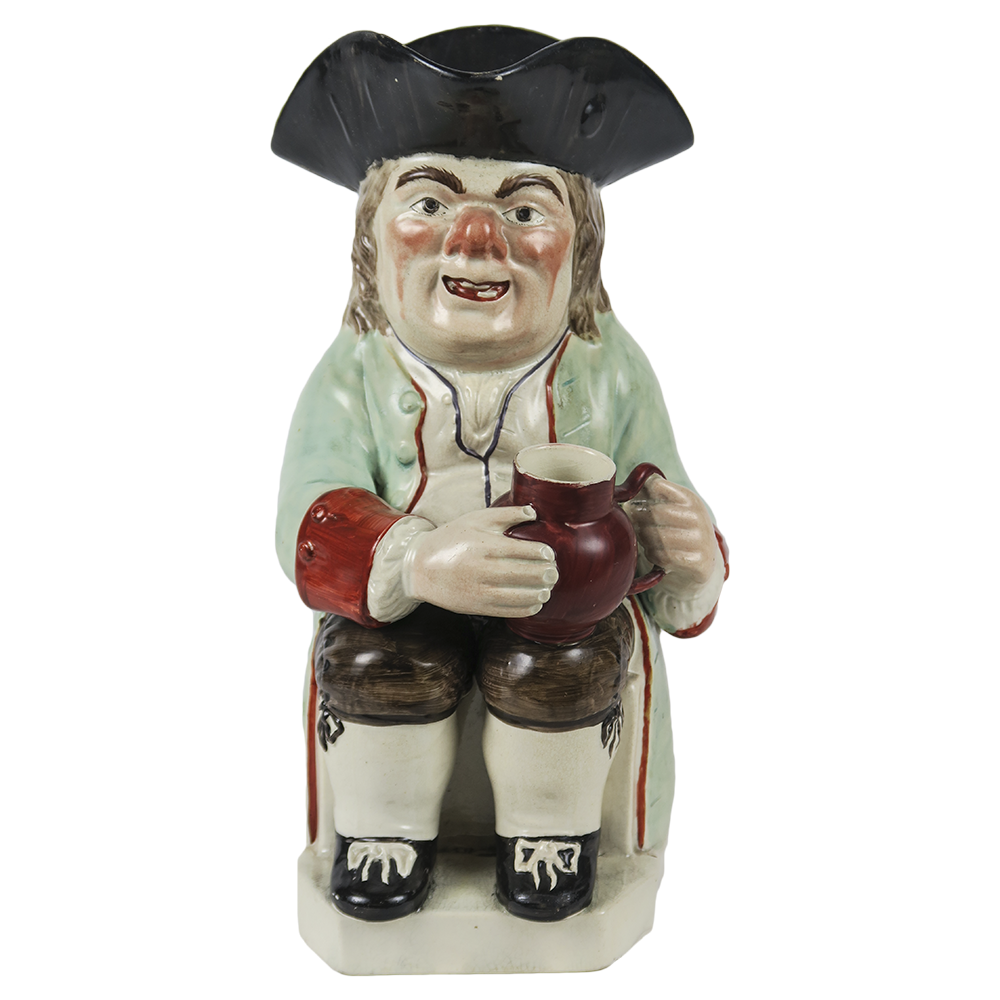
Staffordshire Ordinary Type Toby Jug

Ralph Wood II Ordinary Type Toby Jug
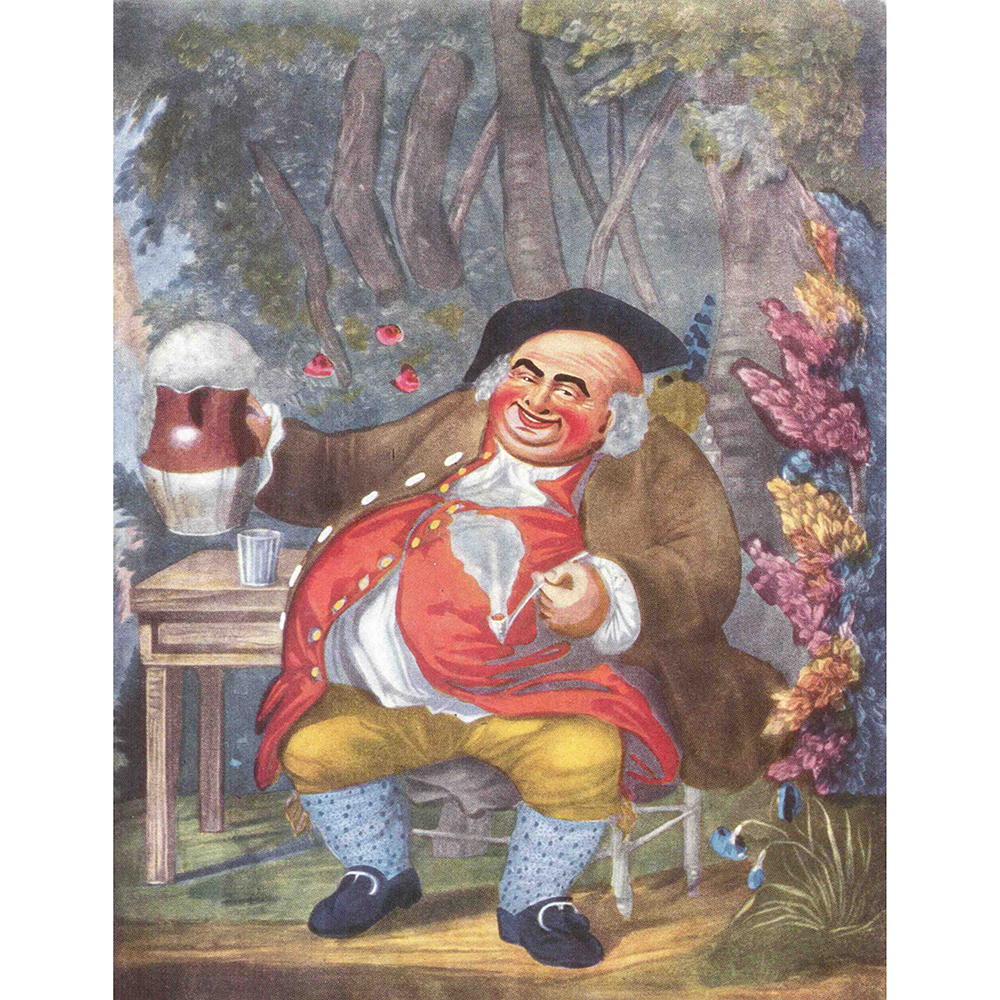
Mezzotint illustration from the Brown Jug 1761

George Whitfield Toby Jug
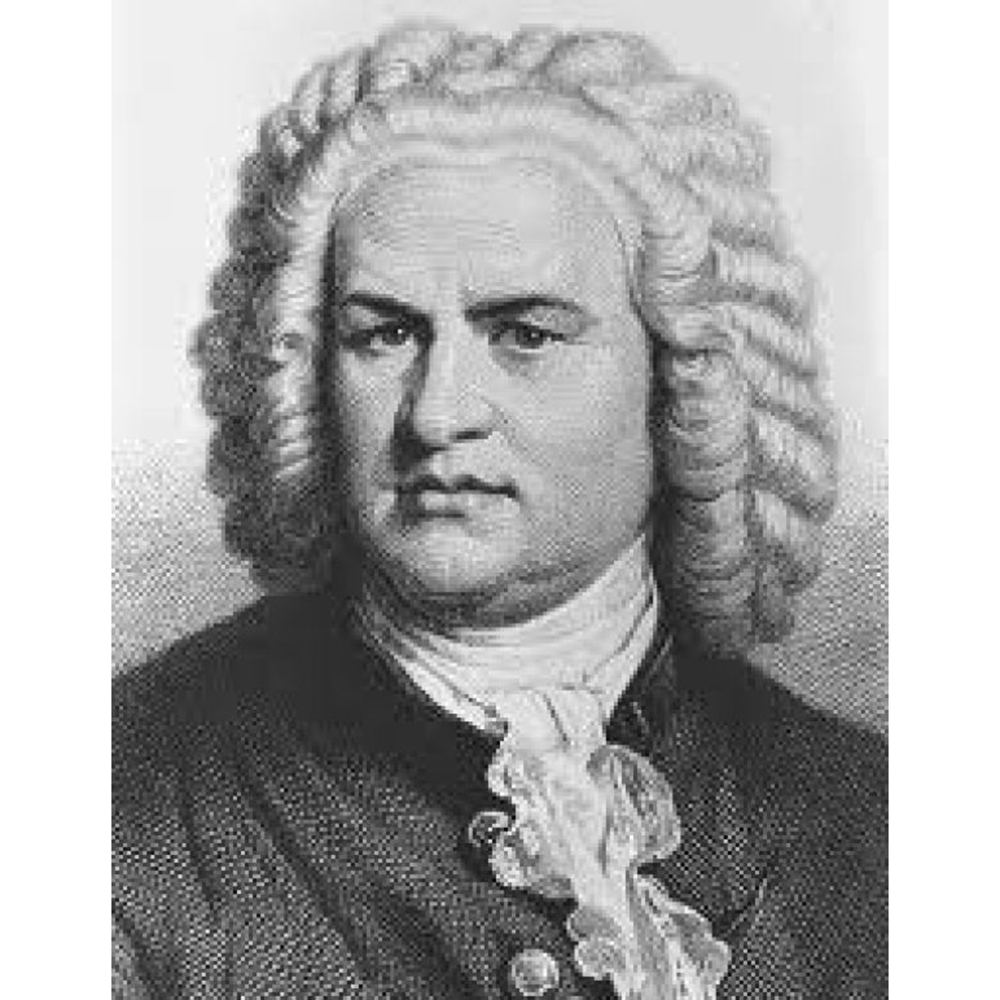
George Whitfield
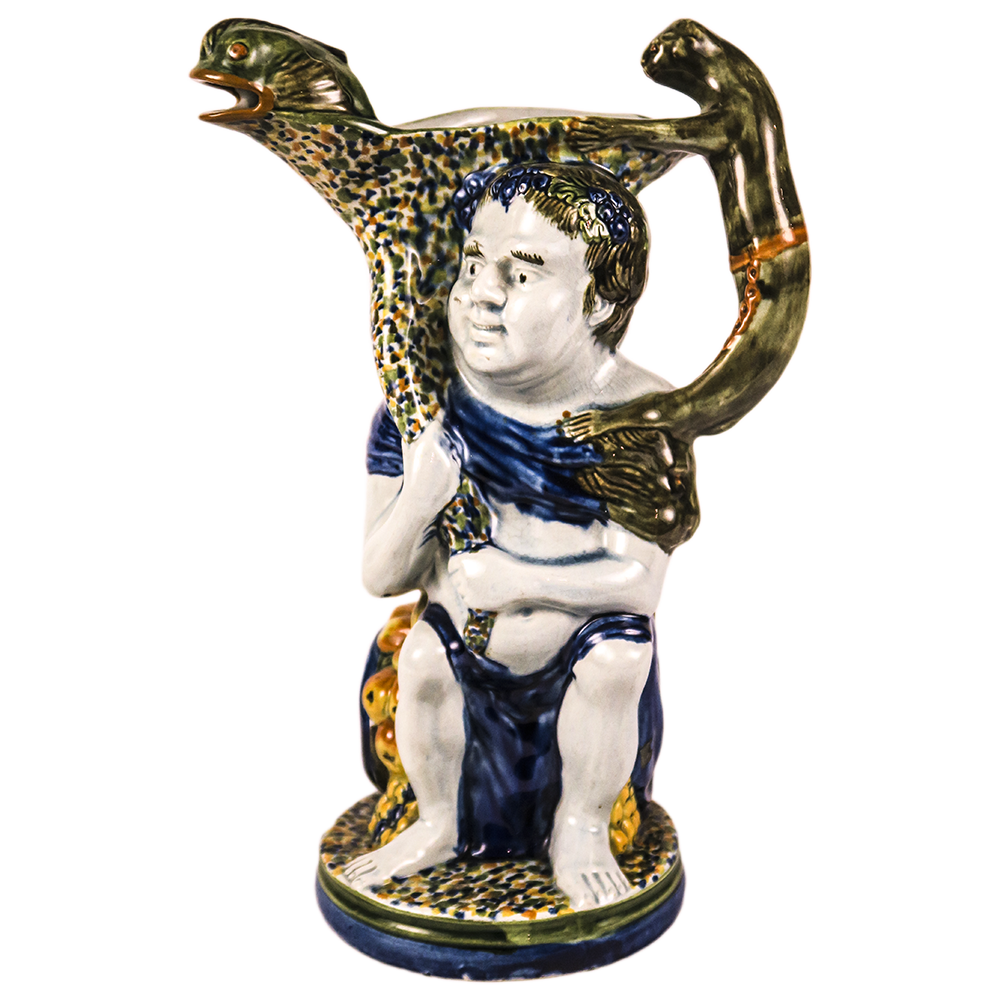
Pratt Bacchus Toby Jug
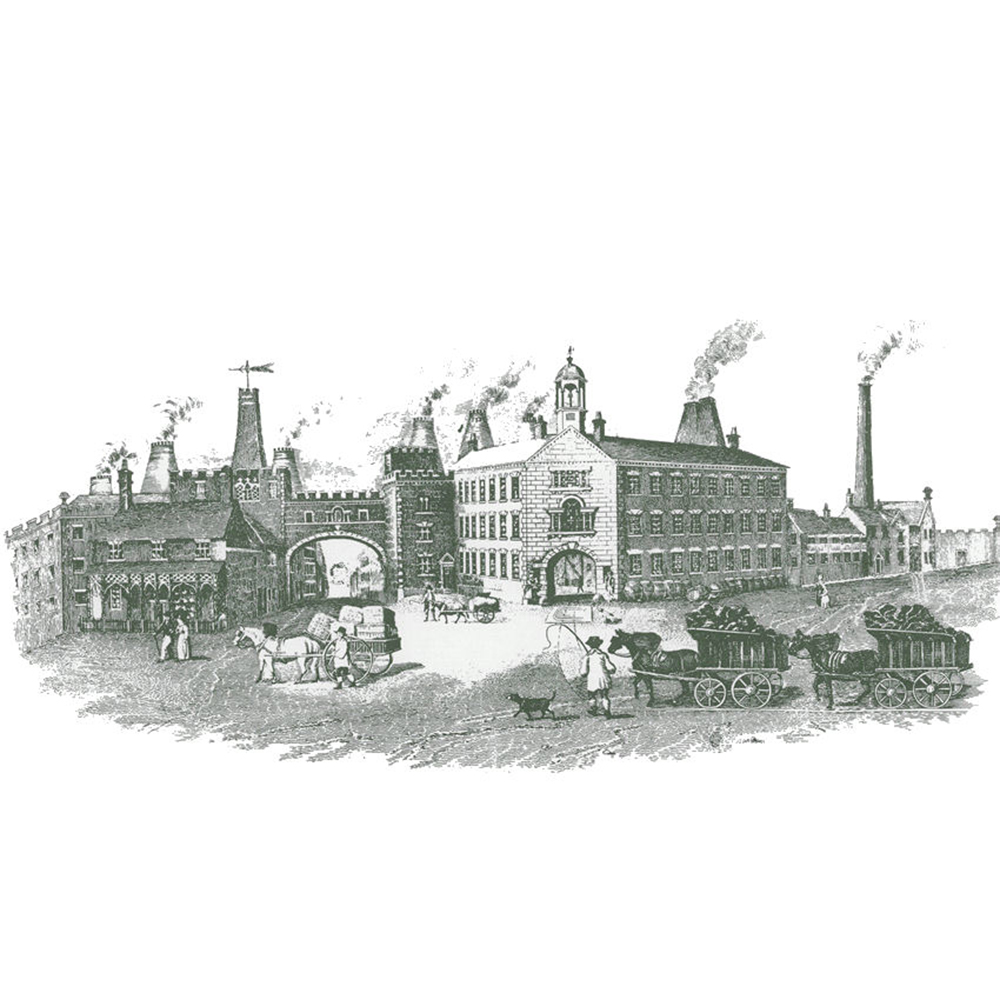
Woods factory 1840
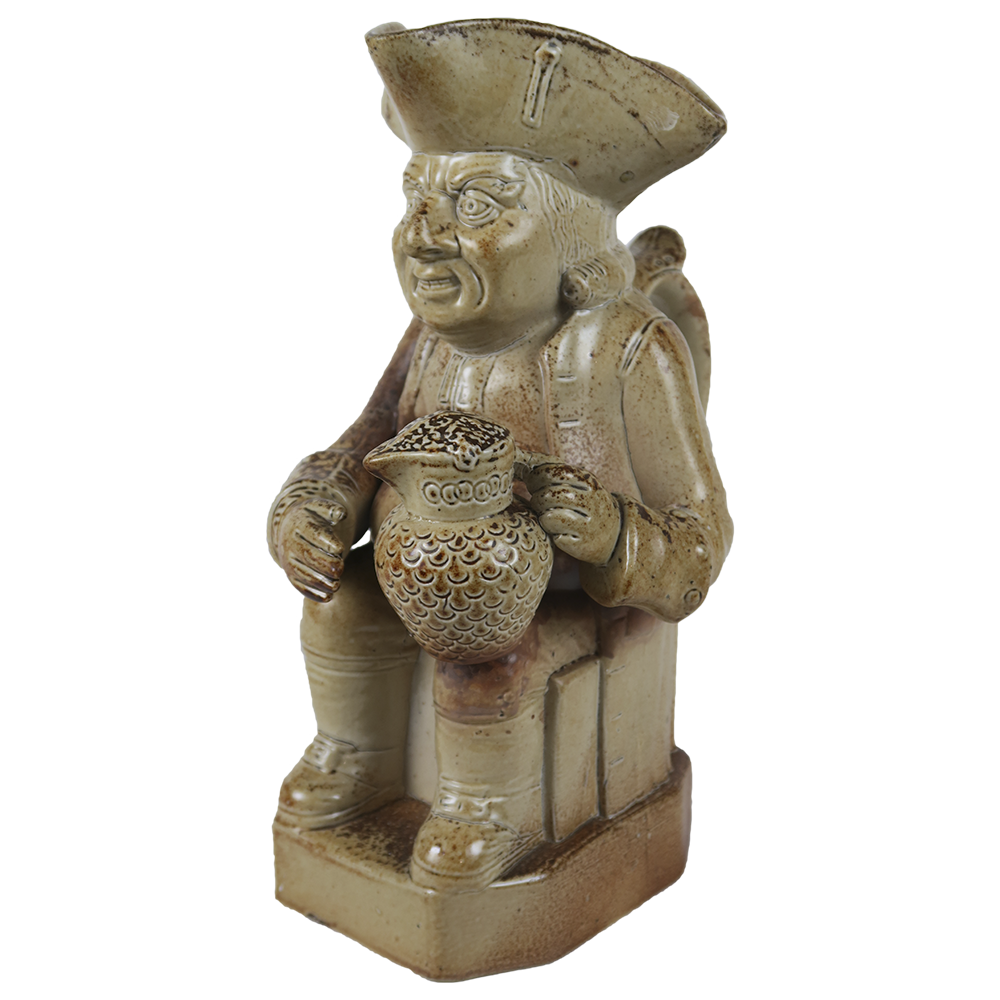
Stoneware Toby Jug
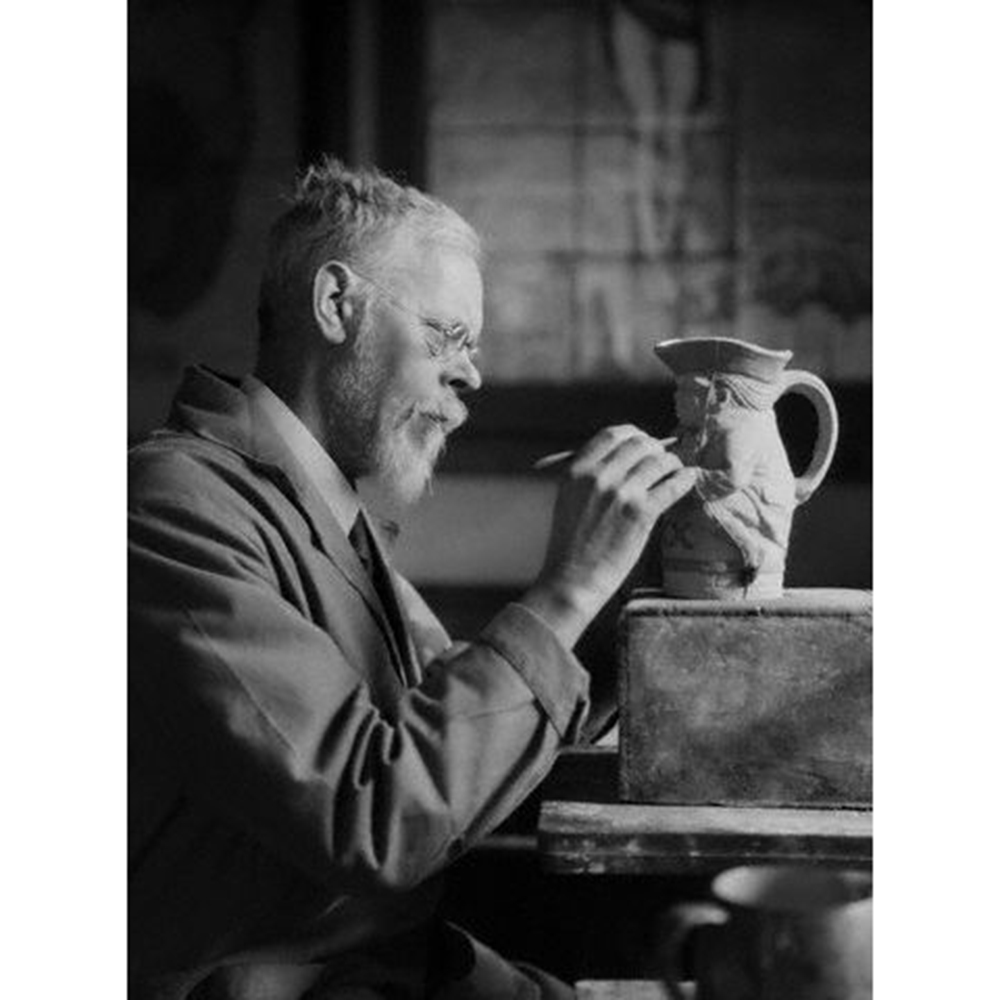
Harry Simeon 1928
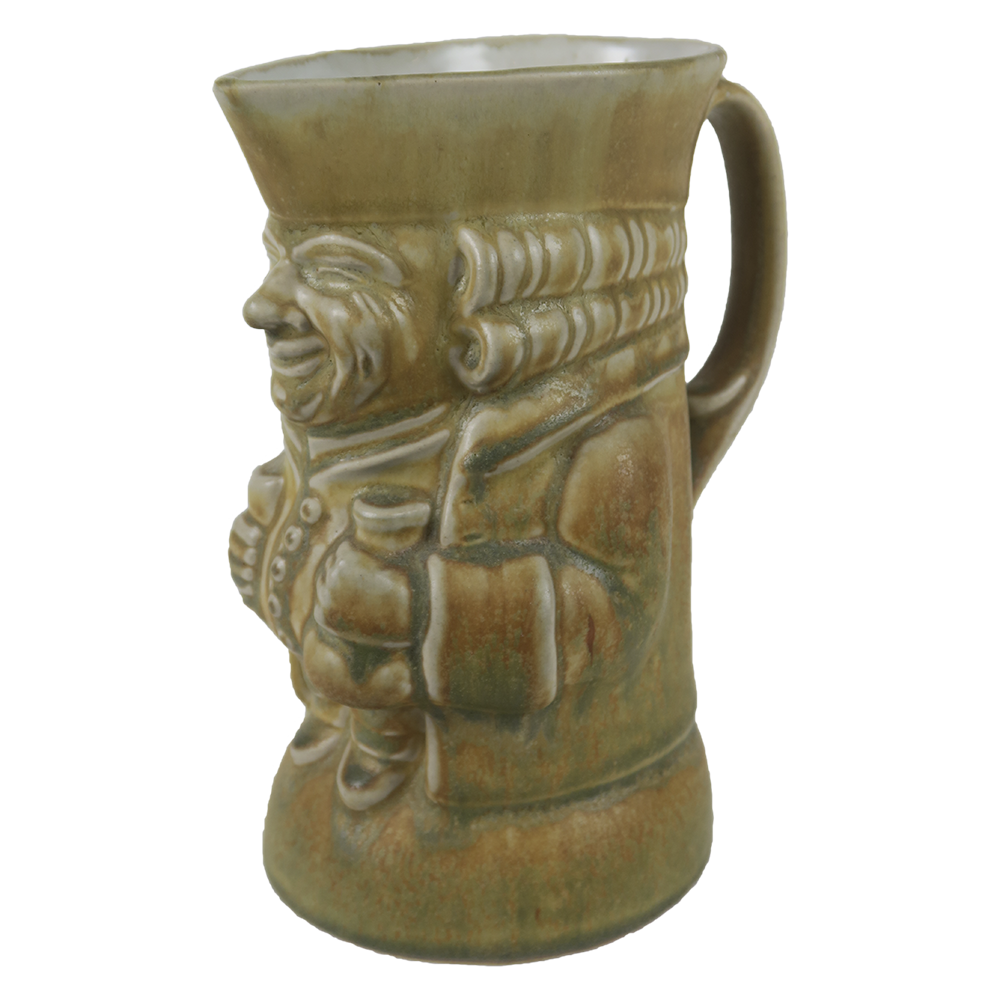
Royal Doulton Toby Jug
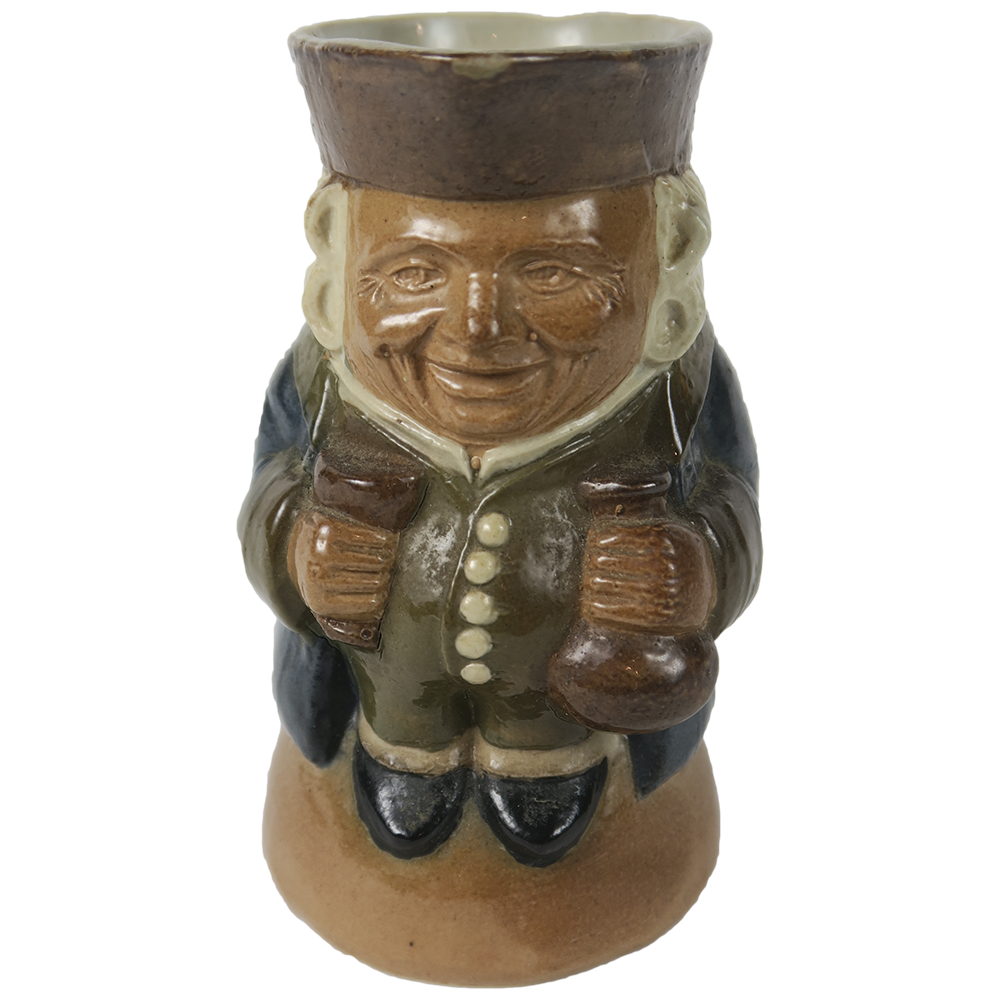
Royal Doulton Toby Jug
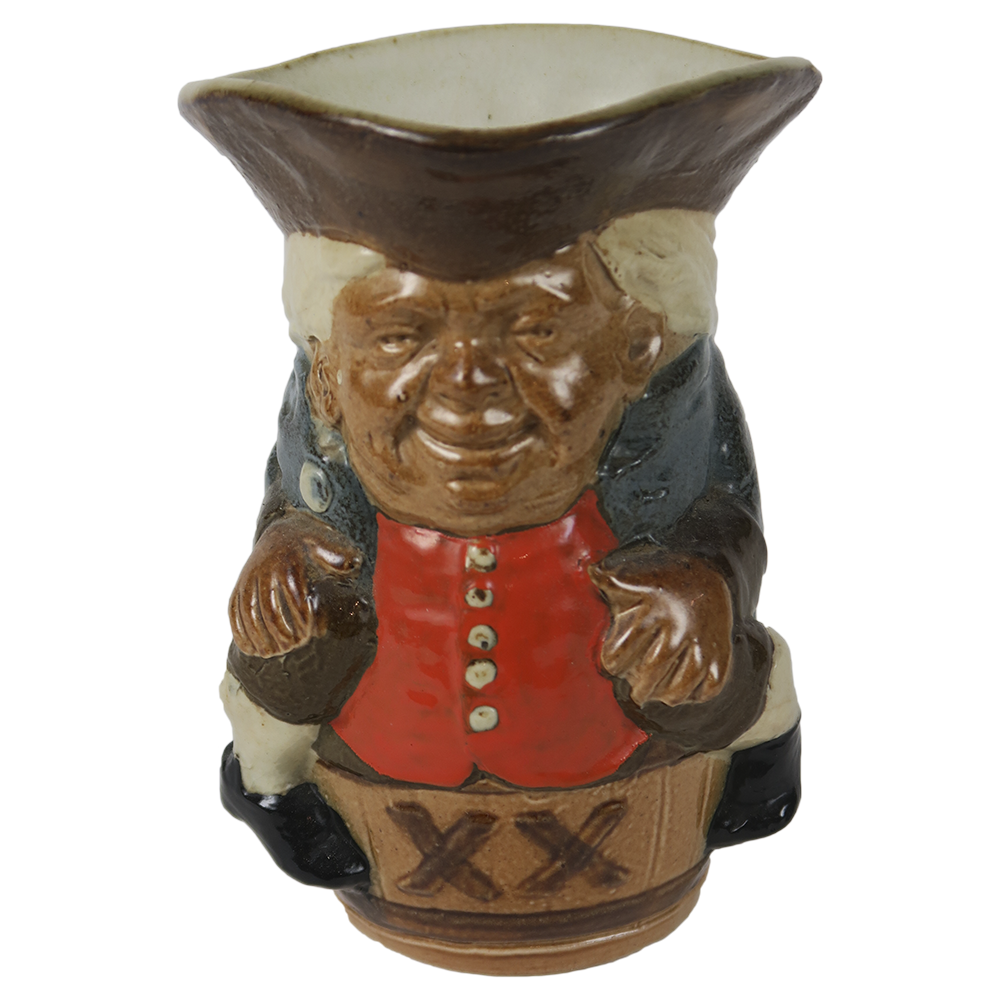
Royal Doulton Toby Jug

Royal Doulton Toby Jug
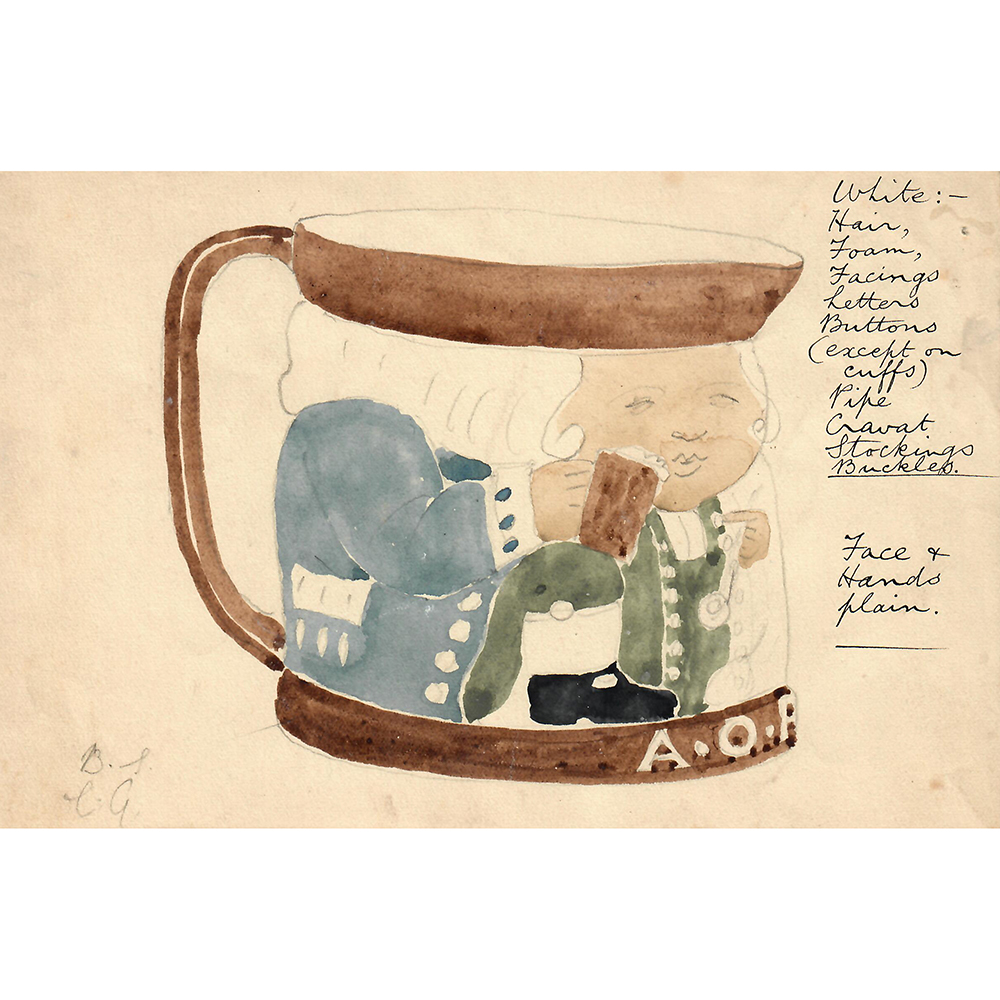
Ancient Order of Froth Blowers Toby Jug Design

Royal Doulton Toby Jug Catalog Page
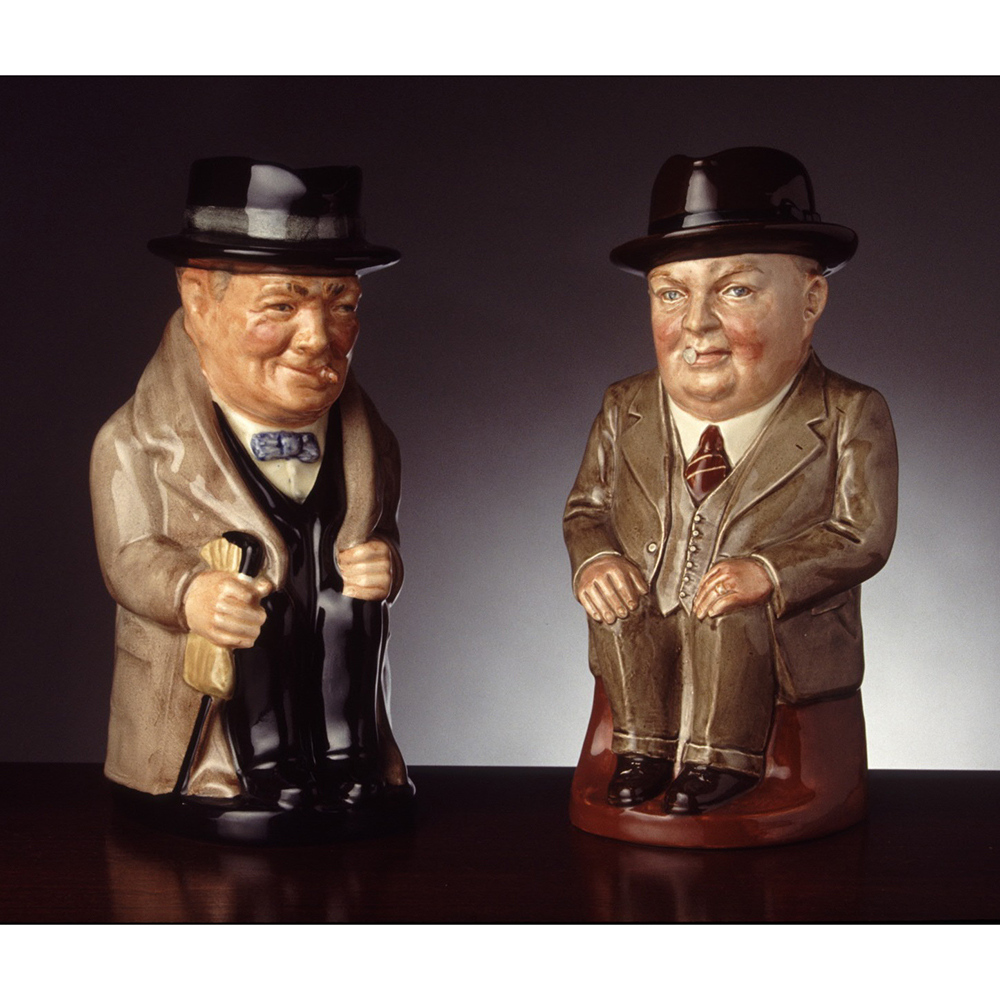
Royal Doulton Churchill & Cornell
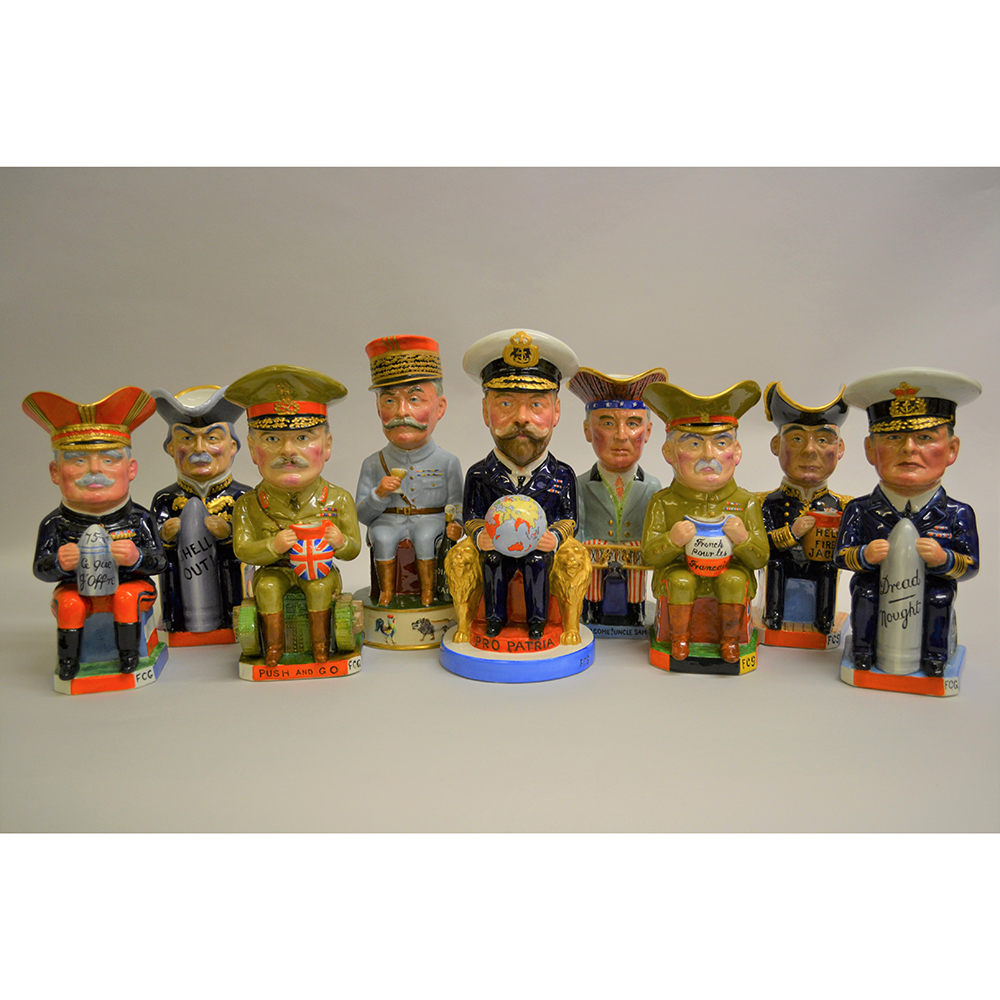
Wilkinson Toby Jugs

Wilkinson Churchill Toby Jug
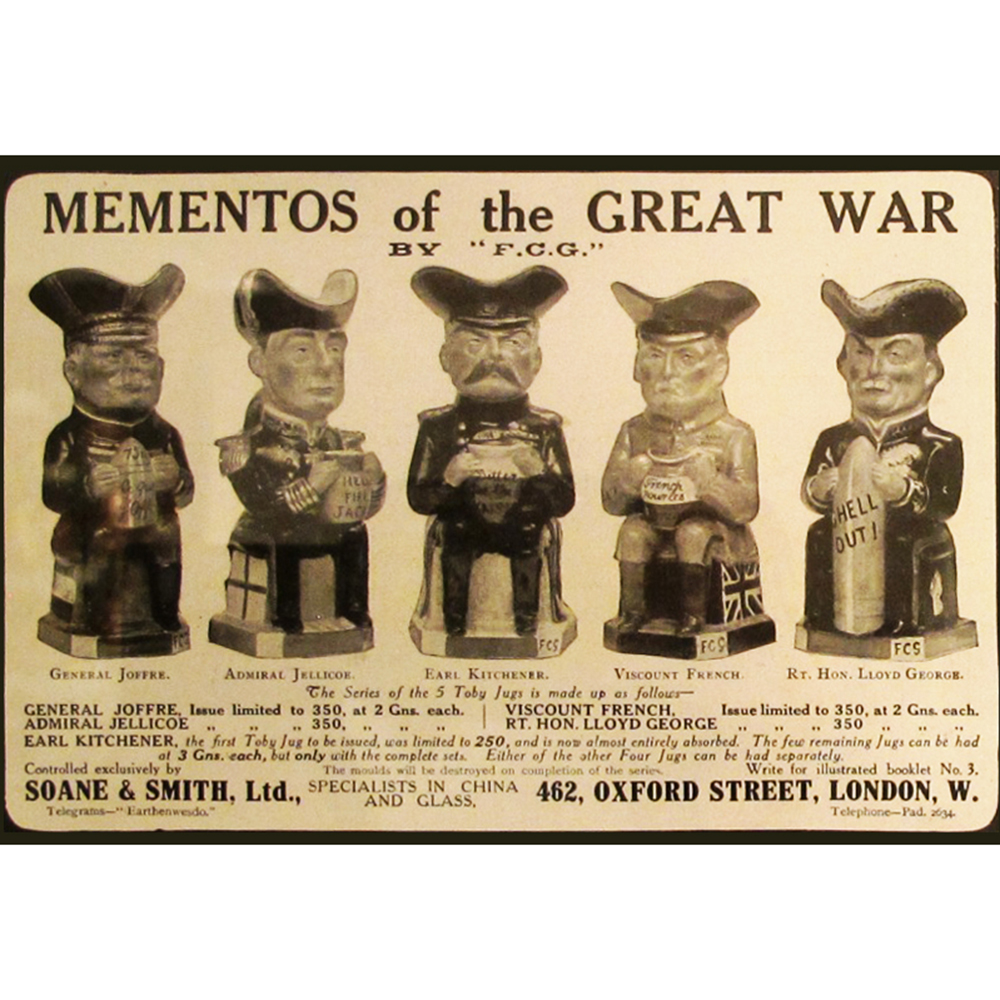
Wilkinson Advertisement
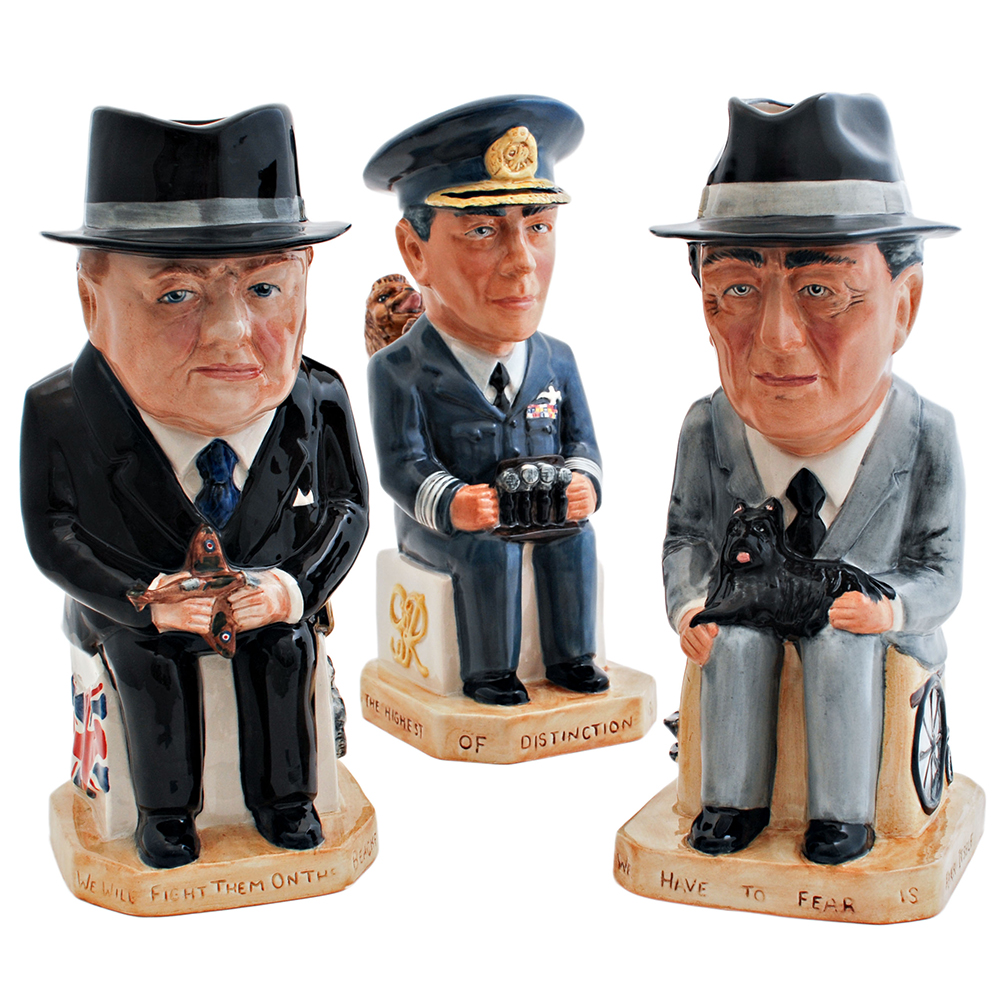
World War II Leaders, Churchill, King George and Roosevelt
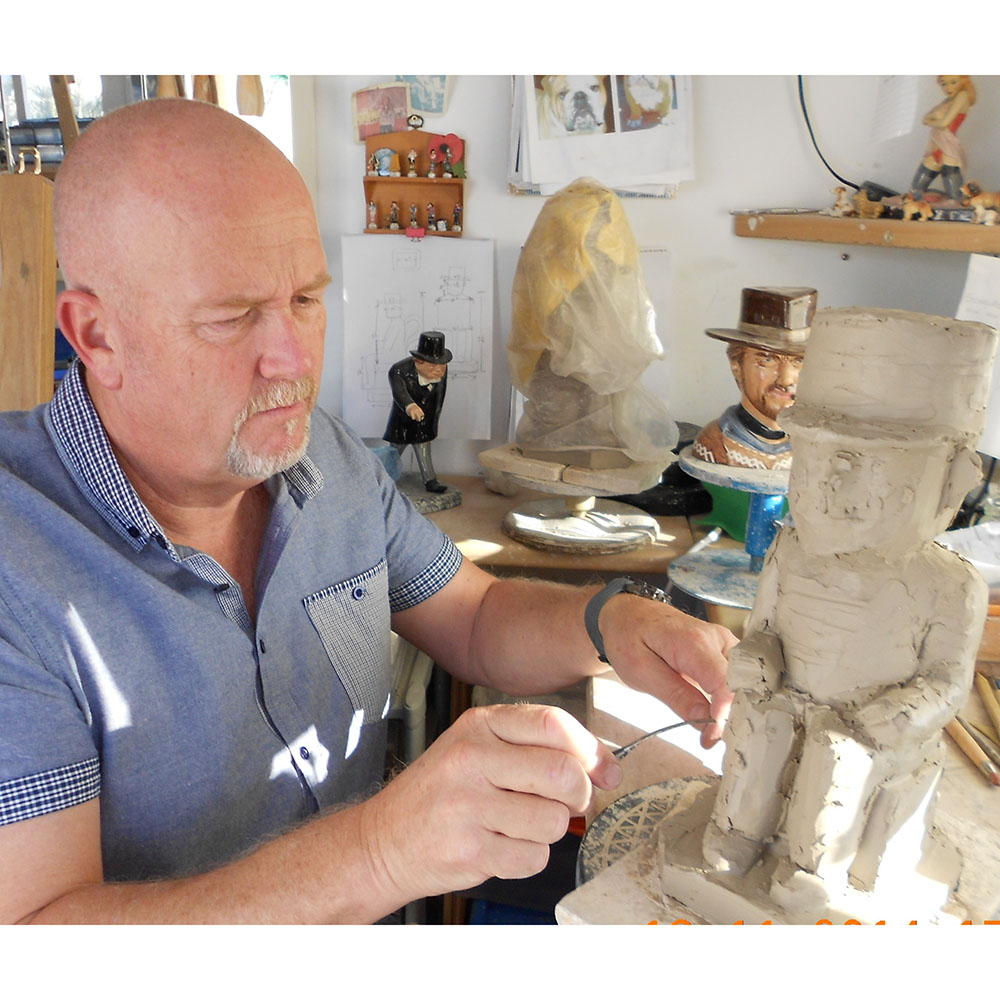
Ray Noble working on the World War II Leaders Set
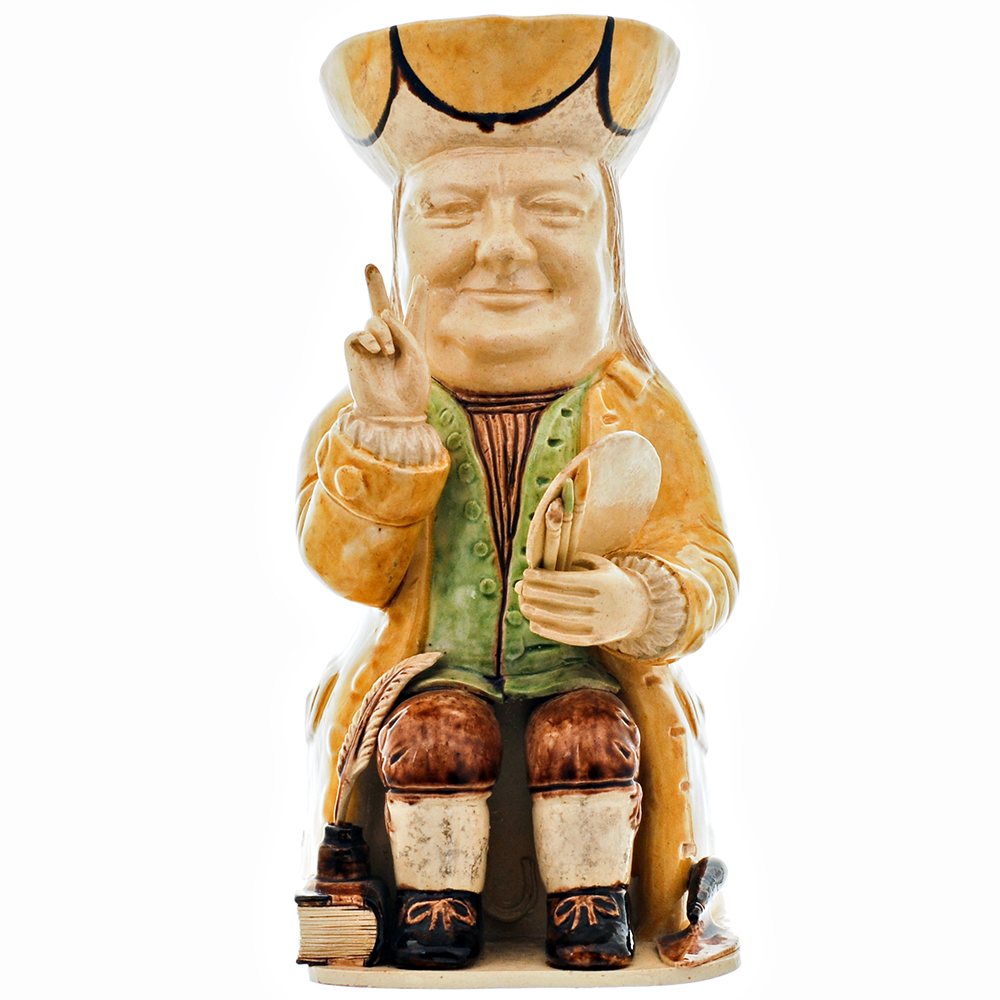
Jarvis Churchill Toby Jug
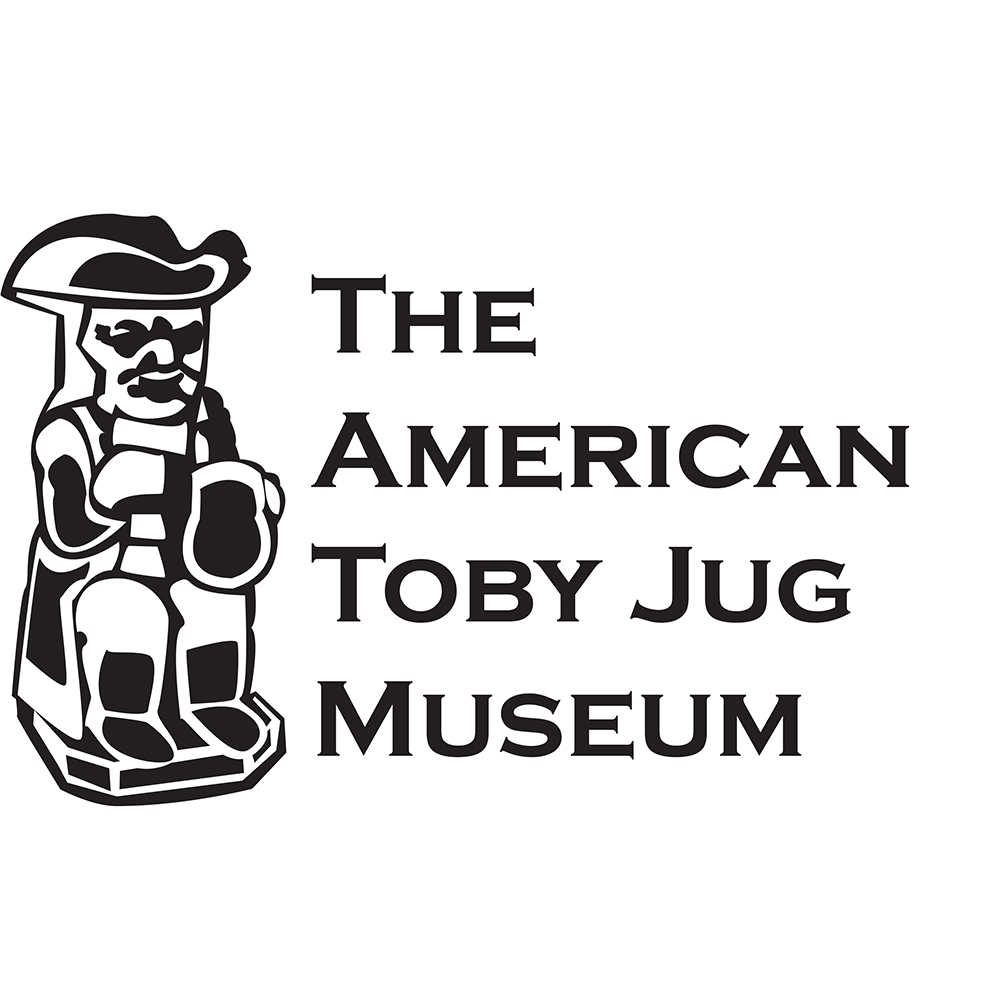
The American Toby Jug Museum
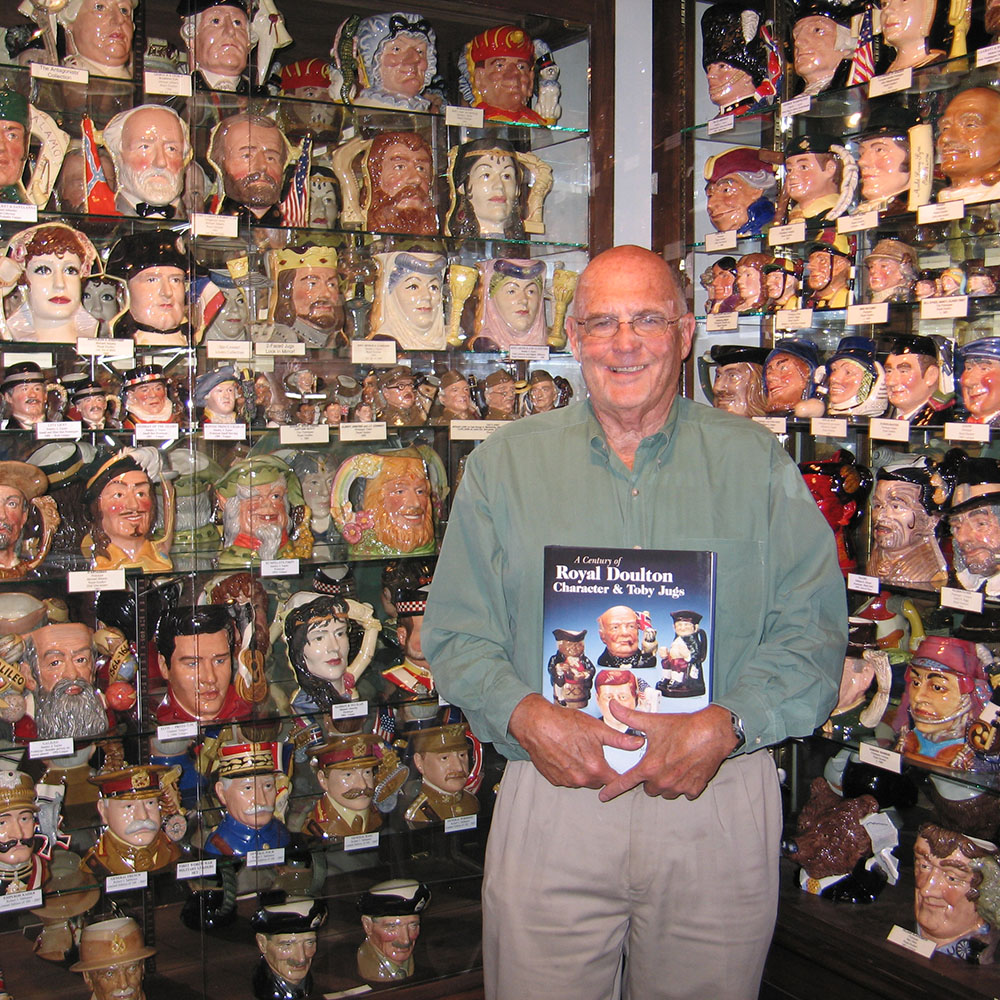
Steve Mullins in The American Toby Jug Museum
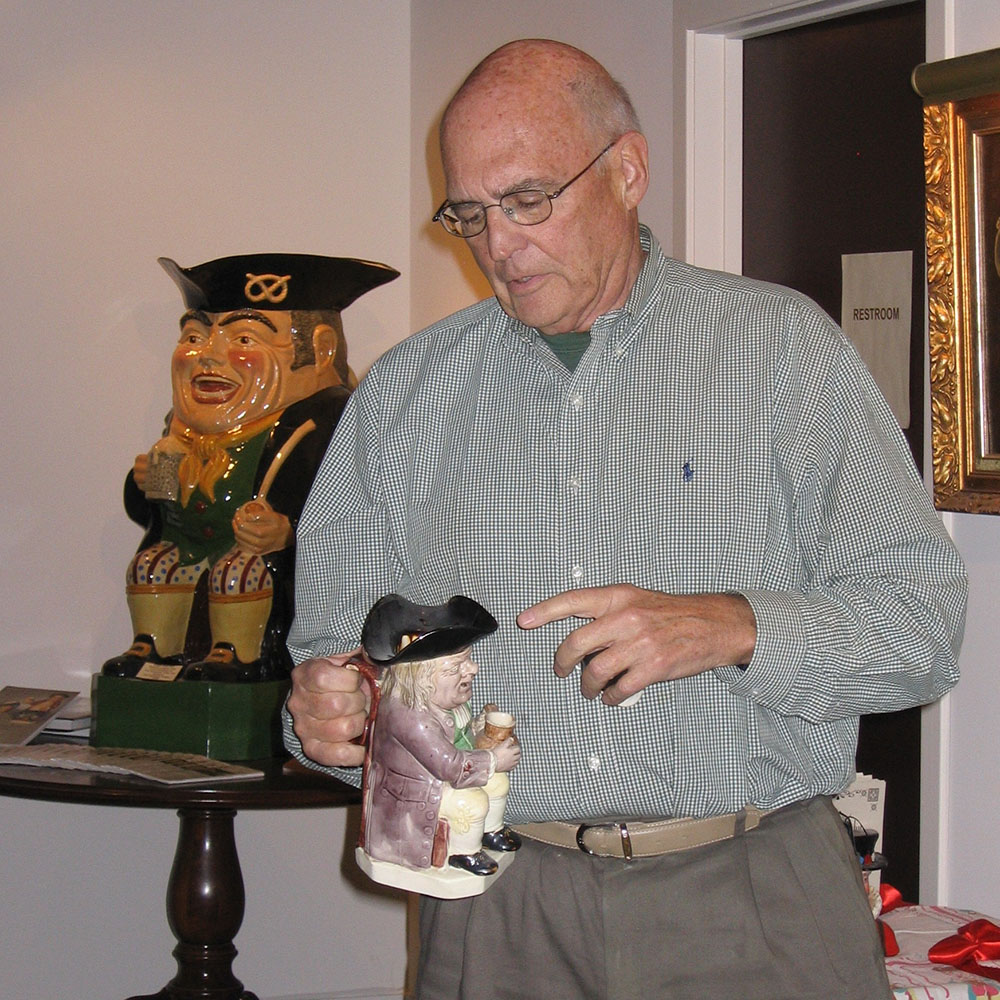
Steve Mullins in The American Toby Jug Museum
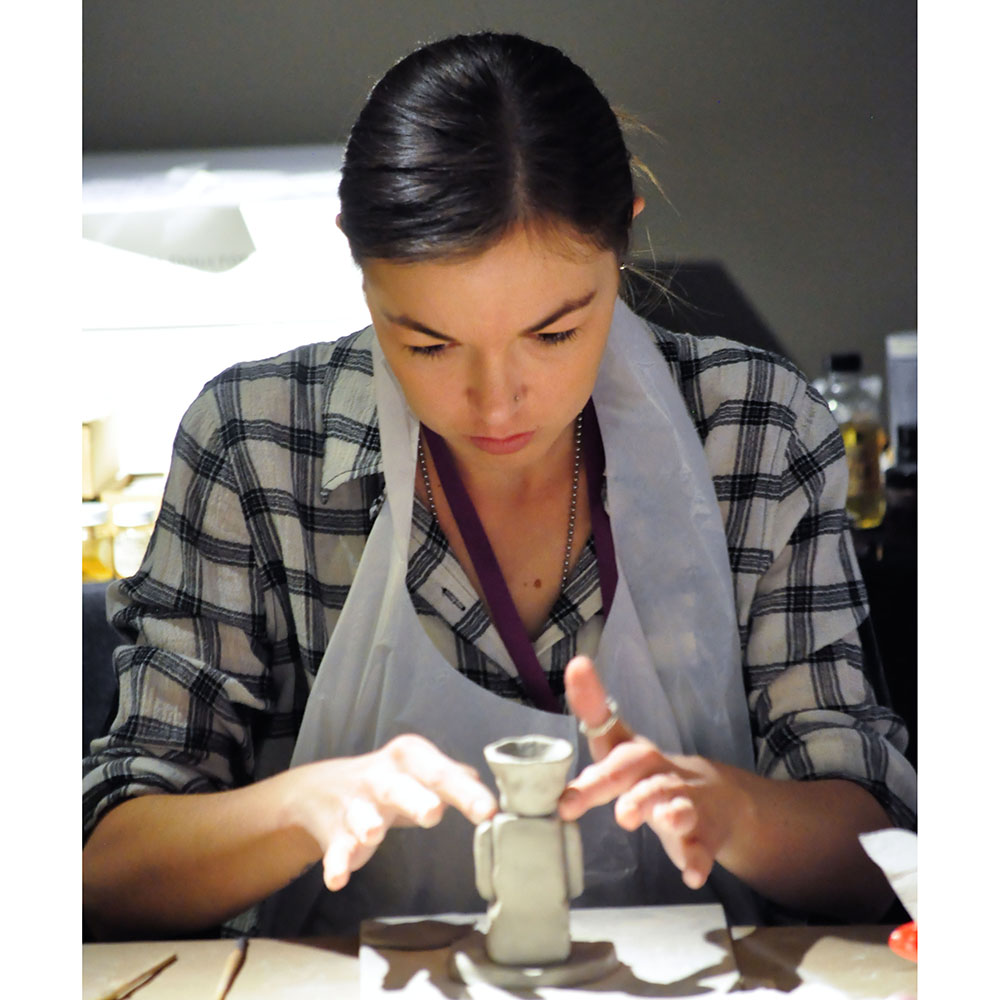
Museum guest making a Toby Jug

Museum guest making a Toby Jug
